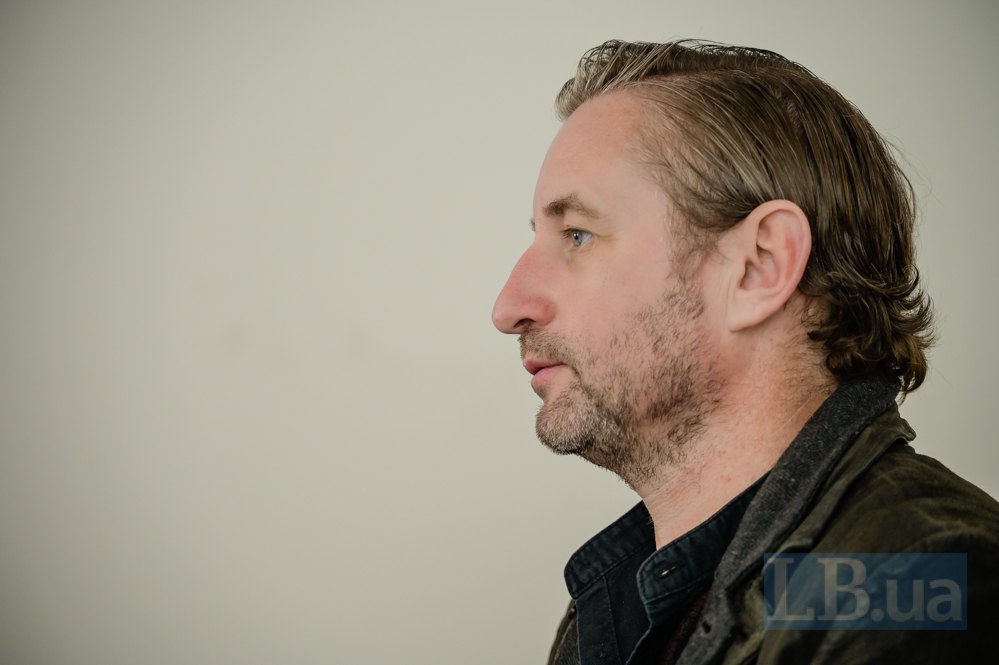
"Chocolate and coffee Lviv, carefree Odesa, the princely city of Kyiv with Hrushevskyy and Bulgakov... All these are narratives that were created under the Soviets."
Sonya Koshkina: The Great War changed the profile of most Ukrainian cities quite a lot. You travelled around the country a lot before 2022, no less now. I wonder what these metamorphoses are like for you.
For me, nothing has changed. I have been doing this all my adult life, so there were no surprises for me. But, of course, there have been changes in the general perceptions of Ukrainian citizens. We have large population movements, tectonic social shifts.
Kharkiv is a vivid example. Many people think that it is now empty. But no, it still remains a city of one million people. But now many non-Kharkiv residents live there - people who have moved from the occupied and frontline territories. Ordinary people are definitely no worse than the locals, it's just that they don't know the local cultural landscape. This is the case everywhere - in Kharkiv, Uzhhorod and Frankivsk, we have a new cocktail of people from different parts of Ukraine.
And then there are the military - people who come to the south, north, east, and fight where they may have never been before. And they are also discovering these territories.
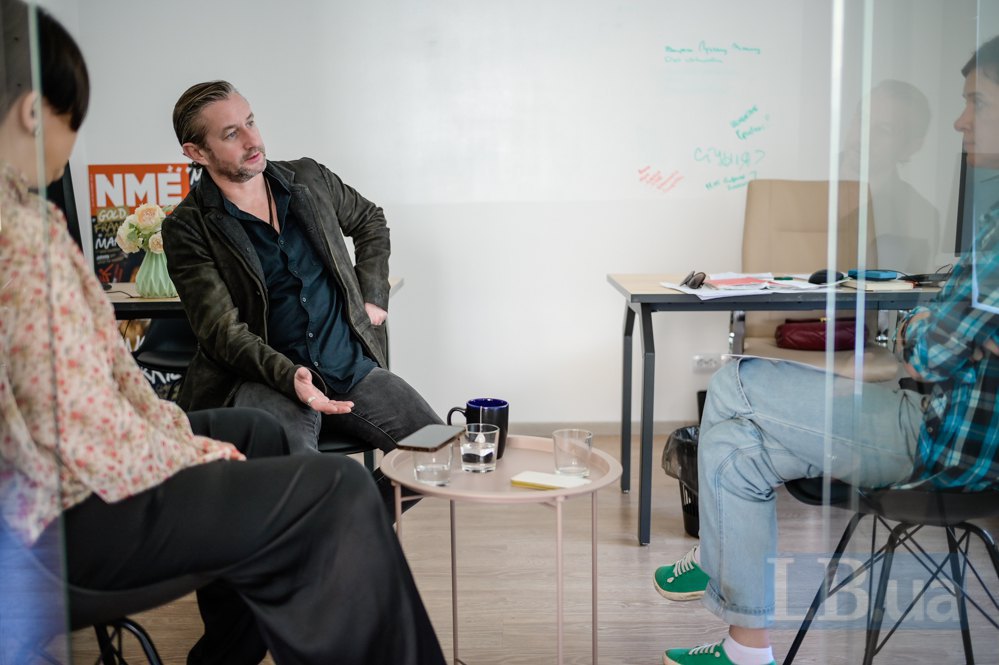
How does this manifest itself in the life of a particular city? How do the people who come change it?
There are people who are actively involved in their new life, opening businesses, holding concerts. There are others who get lost and feel abandoned. And this is a clear indication of the situation that existed before 24 February, when many Ukrainian citizens did not identify themselves with the culture of this country and consumed purely Russian information and cultural products. Ukrainian culture existed in a certain bubble, in a narrow circle. And here we are not talking about anti-Ukrainianism or Ukrainophobia - they identified themselves as Ukrainians, but it was a rather specific Ukrainianness. Now this is changing rapidly.
Kseniya Bilash: What you are describing can be called "identity". It sounds pretentious, but now it seems that a new Ukrainian identity is being formed.
Yes, of course. This is clearly evident in the motivation of the military, those guys and girls who have gone, are going and will go as volunteers, or who at least do not refuse to be mobilised. It's obviously not about duty, about laws. Apart from these formal things, it has to do with identity. If you are ready to enter a sphere that is as close to death as possible, it means that something fills you, something guides you. And this is definitely not a conditional order from the president, but some internal things.
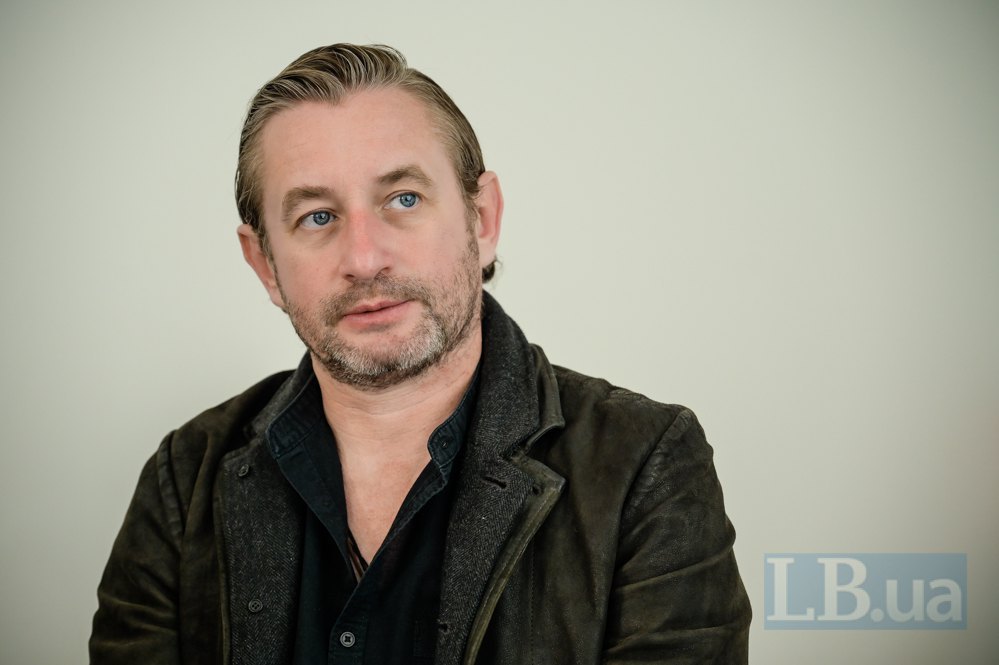
S.K.: People are switching to the Ukrainian language en masse, we see a surge in the publication of Ukrainian books, a boom in bookstores and performances... What kind of process is this? Will it stop with the end of the war or will it last for several generations, do you think?
It is not clear now. What we will become depends on what happens at the front. It is there that our future, the future of our culture, is determined. Of course, we need to stimulate and support cultural projects. But we have a huge problem, because most citizens and officials treat culture as a sphere of entertainment that can be abandoned now, because it is more important to have "aspirin in the pharmacies and bread in the supermarket". Bread and aspirin must be provided, of course. But experience shows that when there is nothing but bread and aspirin, a person very quickly begins to experience disorientation, burnout, and serious problems. That is, if we want to have a healthy, emotionally stable society, we must remember that people are not only sustained by bread. And also these invisible but very important things that actually shape a person.
Before the Great War, there were stereotypes about certain Ukrainian cities and territories. For example, Lviv is a sophisticated Galician culture with elements of Polonism. Odesa, Kyiv, Poltava had specific images... What transformations are taking place now? Let's discuss them with specific examples.
The problem is that all these old myths about Lviv, Odesa, and Kyiv are largely Ukrainian Soviet myths. They may have been formed earlier, but they became established at that time. The same Galician chocolate and coffee Lviv, the same light, carefree Odesa, the same princely city of Kyiv, which combines, relatively speaking, Hrushevskyy and Bulgakov... all these are narratives that were not created by us. Now we have started to revise it, and this is a very difficult process based on emotions. You can't expect logic and restraint here - on the contrary, some long-standing traumas are constantly coming out. Sooner or later, this had to happen; unfortunately, the impetus was the Great War.
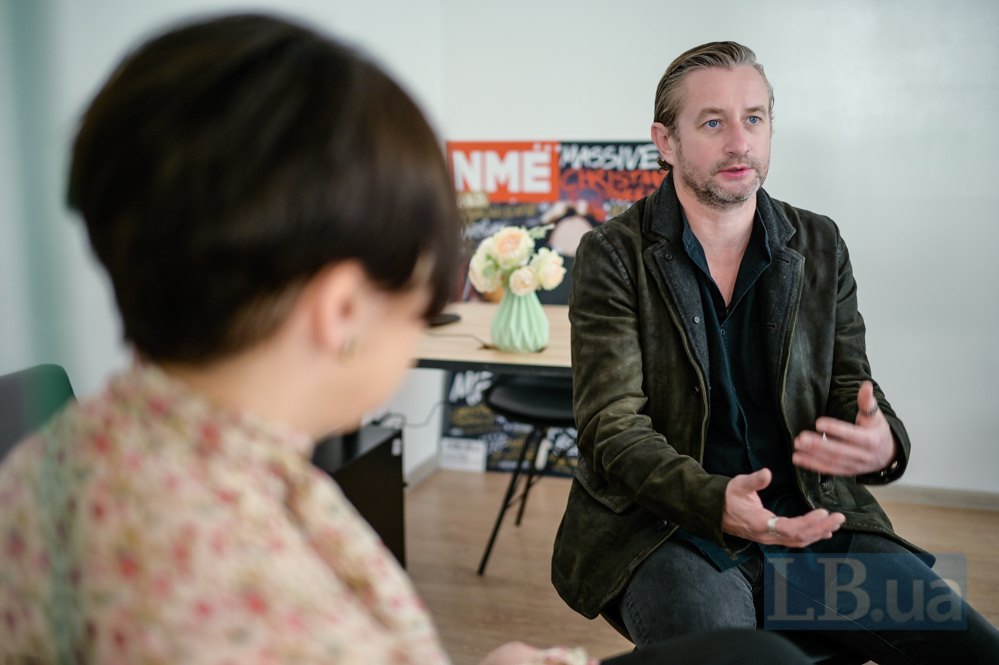
"The concept of the 'first capital' is harmful for Kharkiv because it has Soviet content behind it"
K.B: In 2019, during the Biennale of Young Art in Kharkiv, a large conference was held to discuss the search for an image of the city's core identity. Back then, the discussion revolved around the "first capital" and the "city of universities". Recent events have led us to the phrase "Kharkiv-Reinforced Concrete". Are previous concepts becoming a thing of the past?
It seems to me that "Kharkiv-Reinforced Concrete" is a situational concept, and if it remains, it will only be used in some official rhetoric. This is a nice, positive characteristic, especially in times of war, but to reduce the whole city to resilience is inaccurate, does not cover the whole of Kharkiv and does not explain much. Kharkiv is a multi-layered city, it is complex and contradictory. The reason for this is our complicated history and geographical location, of which we have always been hostages. That's why Kharkiv was once turned into an outpost of the Soviet state.
And now it is an outpost again.
Yes, and the Russians expected that they would drive their tanks 30 kilometres and be greeted with flowers. And the fact that reinforced concrete was found there came as a surprise to Russia and, I assume, to many in Ukraine.
But getting back to your question, this old concept of the "first capital" seems to me to be quite harmful, because it has a Soviet past and Soviet content behind it. However, in the Kharkiv of the 1990s and noughties, this concept was actively promoted by the local authorities. After all, from the very beginning, there was such a fierce confrontation with Kyiv. On the other hand, this was not an openly anti-Ukrainian concept, because it included the Executed Renaissance, Ukrainian art, and the process of Ukrainianisation by Mykola Skrypnyk. But in general, it was an anti-state project, because the emergence of the capital of Soviet Ukraine in Kharkiv essentially led to the loss of our statehood. So, in my opinion, it is very right that we are now abandoning it, it should have been done long ago.
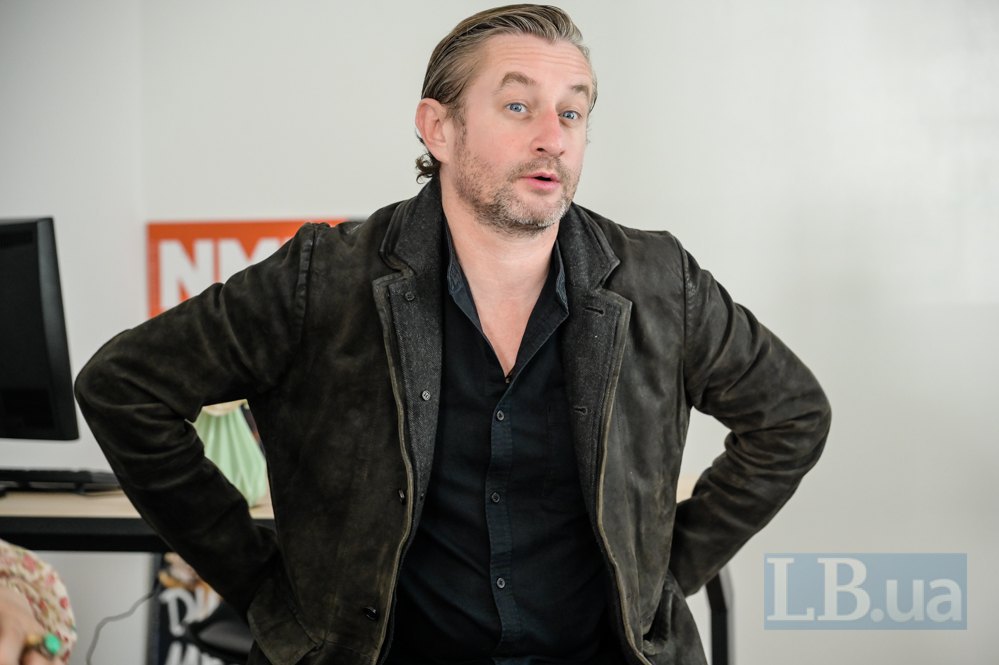
S.K.: What about the identification "Kharkiv is a student city"? Obviously, it is no longer a student city, and for obvious reasons, it will not become one again soon. Let's also go back to the fact that the profiles of Ukrainian cities are unlikely to be fully restored.
The fact is that Kharkiv is indeed a student city. Yes, now several hundred thousand students, who two and a half years ago filled the city streets and university auditoriums, have left or have no classes, because the universities are empty or even destroyed. Indeed, this very important component of the city's life is now broken and does not work. But this does not mean that it should be abandoned. I think, on the contrary, that preserving this component is the key to the city's development. A large number of children and teenagers remain in the city, and a large number of teachers remain, hoping to find work. And this is an area that is very threatened in our country, because the problems of education began with the Covid. We have a generation of children growing up who have not actually been to school, a generation of students who have been educated in rather specific conditions. And it is a ticking time bomb that will still work.
"We have a big country, it does not fit into the east-west stereotype"
At the beginning of the war, many people moved to western Ukraine. At the same time, Western Ukraine is a complex construct, because there is a big difference between Uzhhorod and Lviv...
Undoubtedly, Chernivtsi and Ternopil are two different spaces.
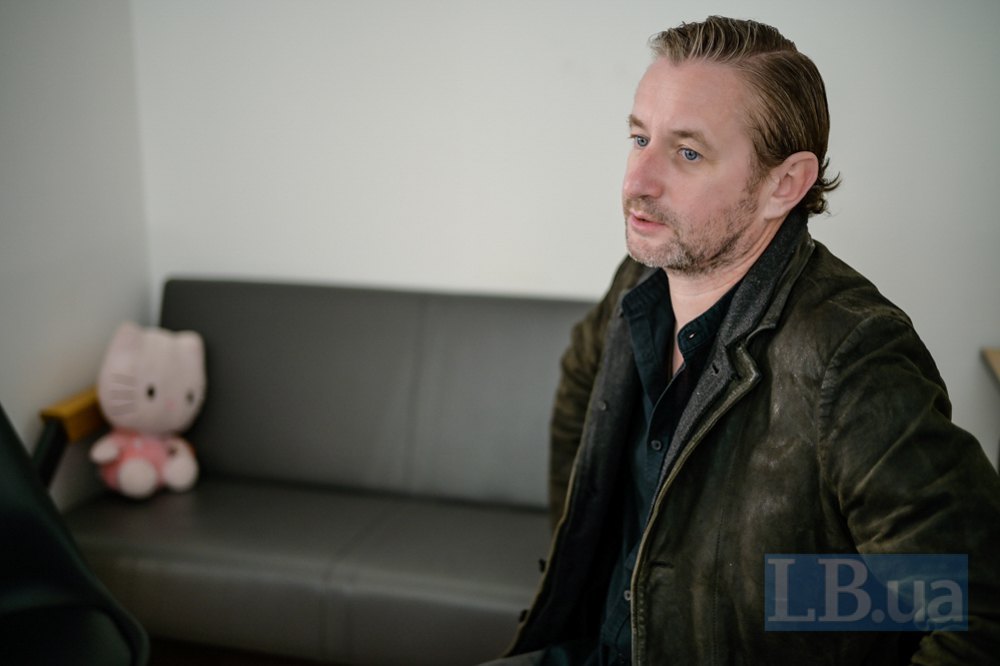
But can we talk about the dominance of the local environment - because of the Ukrainian language, because of the roots in religion? Perhaps there are also tangible influences from displaced communities?
I see two trends. The first is that many citizens of Ukraine have felt that we have a big country, that it is different, that it does not fit into the east-west stereotype. But you won't understand all of this until you start talking to people from different parts of the country. This happens in the trenches, this happens in the rear cities. And the second is that, as it turned out, we are very closed in our regionalism. And this is something that has to change.
Can you single out any cultural projects that, before all the processes that the Great War set in motion, would not have worked as well as they have now?
Here I can mention that Ukrainian book publishing is growing. For me, it's a fantastic thing that the number of books sold has grown 2.5 times during the war.
K.B.: And this is despite the fact that prices are rising.
Yes, but at the same time, sales are growing. Bookstores are opening, new book festivals are appearing. This is something significant that speaks positively about us. We can also mention, for example, the activities of the Ukrainian House, which is also a breakthrough. Their exhibitions by Horska, Pryimachenko, and Rayko are the case when projects go beyond the exhibition hall and become really resonant. Or MUR's album You [Romance], which shot up. We wrote, sang, and danced a lot about the generation of the 1920s, but all this did not go beyond a narrow circle; now it turned out that it is important for very wide circles. Or, for example, the Franko Theatre, where it is impossible to buy tickets for performances.
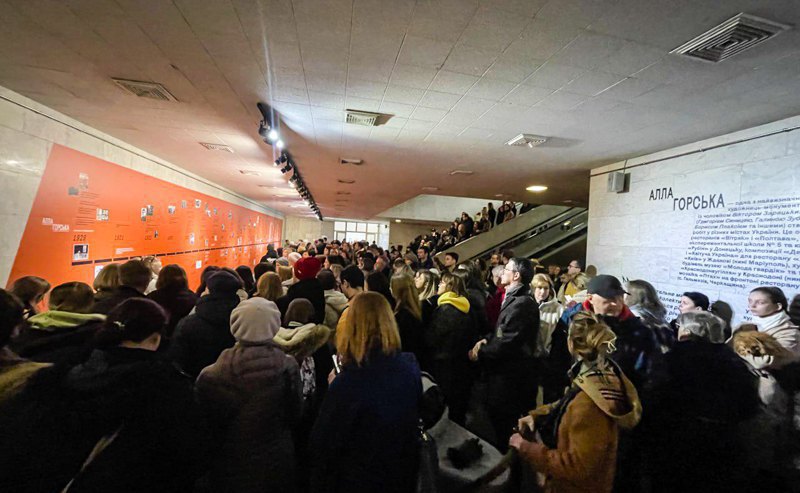
The demand of society has changed. Suddenly, it turned out that many Ukrainians who would not have gone to Alla Horska's exhibition before, now did. And all this shows that culture continues to work, and this is very important for all of us. This is a response to the debate about whether culture is needed in times of war. If you don't dive into the context, it may seem that we have two realities - the reality of war and the reality of peaceful cities with vernissages and theatre performances. But it seems to me that this is one reality. That the situation of a bloody struggle for survival is highlighted by a dimension where there are meanings, where there is a search for the same identity.
And this is a very interesting topic for research that can already be done - how Ukrainians fill these gaps in their cultural development not through contemporary culture, but through the classics. Look at the number of reprints of classical literature we have. In any bookstore, there are four or five different editions of Pidmohylnyy's The City or Tigers or Bahryanyy's Garden of Gethsemane.
Don't you have a feeling that this increased demand and the surge in supply are just us catching up very quickly with what we haven't done in previous years?
There is no doubt about it. Although "we haven't done enough" sounds like self-recrimination and sprinkling ashes on one's head. In fact, Ukrainian art has done a lot, although it existed in a certain ghetto. And now we have, perhaps for the first time, a situation where both Ukrainian art and the Ukrainian language have gone beyond the boundaries of this ghetto. This did not happen 10, 20 or 100 years ago. And it is still unclear how much our culture is able to cope with this challenge. To what extent is it capable of being not the culture of a conscious ghetto, but the culture of the whole society - broken, contradictory, but Ukrainian. We will see in the near future.










